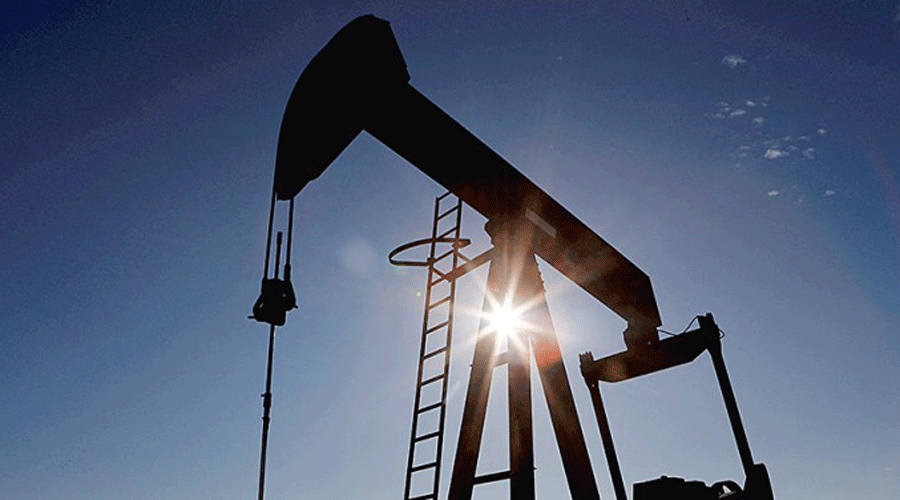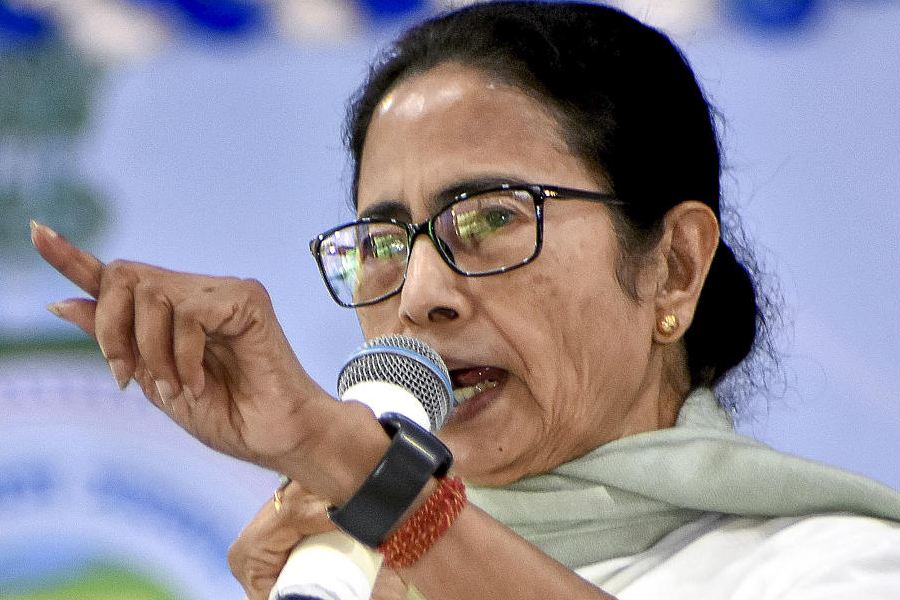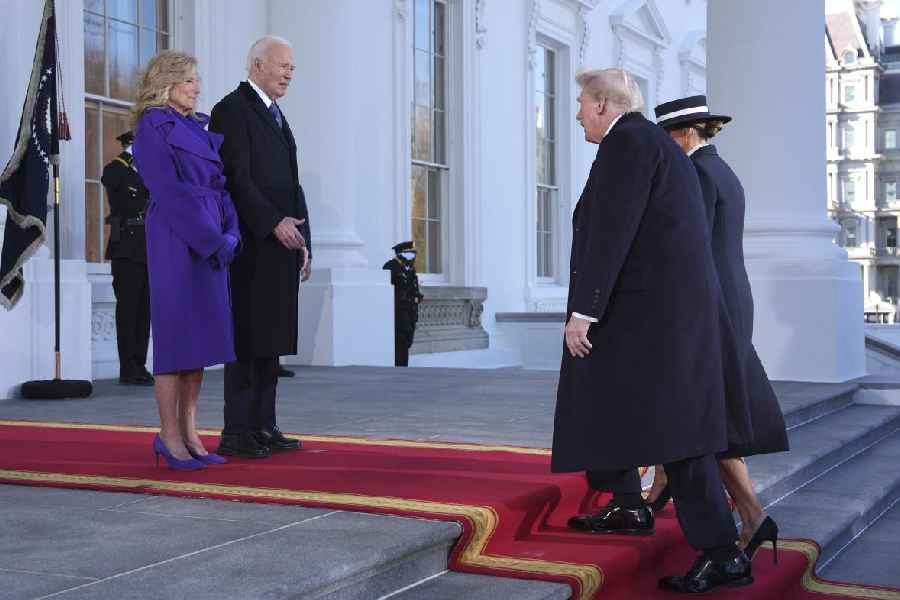India is racing to stock up on Russian crude ahead of any potential supply issues once EU sanctions and the G7 price cap go into effect.
In October, India bought more than 900,000 million barrels per day of Russian crude, an unprecedented figure which accounted for 22 per cent of the country’s total oil imports during the month. In addition, it bought 160,000 barrels per day of fuel oil which is used as bunkering oil for ships or home heating.
“India has also become the largest buyer globally of Russia’s Urals grade,” says Viktor Katona, Co-Head of Crude Analysis at data and analytics firm Kpler. Still, the Middle East as a region remains the biggest supplier of crude to India with a combined share of nearly 55 per cent.
Since the voyage time to India from Russian ports ranges from two-to-five weeks, the crude that arrived in October must have been purchased months in advance, said S&P Global Commodity Insights.
“But future purchases of Russian crudes by Indian refiners will depend on how the EU ban shapes up the seaborne trade and whether Russian crudes make economic sense given high freight rates and the market structure," added Shreyans Baid, a senior S&P Global Commodities analyst.
The big day on the oil market calendar is December 5 when the European Union will impose a ban on seaborne imports of Russian crude. On the same day, the EU and UK will prohibit their companies from providing shipping, trade finance and insurance for tankers carrying Russian oil unless the shipments are priced below a cap.
G7 fine-tuning price cap
G7 nations are still fine-tuning the details of the price cap ahead of the December 5th deadline. The cap is aimed at driving global oil prices lower while reducing Russia’s crude revenues that are helping fund the country’s invasion of Ukraine.
The US proposed back in May the price cap on Russian crude oil, which would lift sanctions for countries that agree to buy the commodity below a set price. The idea is seen as a workaround to prevent too much oil being trapped in Russia by sanctions that could result in a surge in global prices. Industry experts expect the Russian Urals crude prices to average around $60 a barrel under the price cap.
Russia is vowing to not sell any oil to countries complying with the price cap. But industry experts believe the country may struggle to find sufficient shipping capacity when buyers exit Russian trade. Shipping insurers in G7 nations provide around 95 per cent of the coverage to oil tankers.
Kremlin directs more oil to Asia
Ahead of the latest planned actions against Russia, the Kremlin has been directing more oil to Asia. Some 66 per cent of crude loaded onto tankers at Russian ports is now headed for Asia, compared with 20 per cent before Russia invaded Ukraine in February. Most of that crude is headed for China and India with some going to Sri Lanka and the UAE.
Calculations suggest a shortfall of 110 tankers to service seaborne Russian crude trade though Russia could tap into the shadow fleet currently mainly serving sanctioned Iranian and Venezuelan shipments.
India's External Affairs Minister S. Jaishankar said on a visit to Moscow this month that it is the government’s duty to ensure that Indian consumers get the best international energy deals possible as consumer incomes are not high.
Not afoul of sanctions: US
State Department spokesman Ned Price said that the US understood India’s position on buying Russian oil. “The fact that India has a high demand for energy, that it continues to seek oil and other forms of energy from Russia – that is not something that runs afoul of the sanctions that have been imposed.”
Indian buying has been led by private sector companies like Reliance Petroleum and Nyara and to a lesser extent by public sector companies like IndianOil Corp.
Says Katona: “Across all grades, Reliance is the biggest buyer.” And this is despite the fact that October is the month when the company slows down production to do essential maintenance work. The supercharged buying could be to ensure supplies ahead of potential disruption caused by the forthcoming sanctions as well as by a desire for Reliance to keep up a key position in the Russian market.
Arctic crude to Paradeep
A large quantity of the Arctic crude is also headed to IOC’s Paradeep refinery. Arctic crude has a low sulfur content and is easier to refine.
China which was the biggest buyer of Russian crude appears to have scaled back its purchases, probably because of zero-Covid lockdowns which are shutting down key industrial plants and even large parts of cities.
Oil prices are already in a flux because of a mix of both upward and downward pressures. Next month, the OPEC+ group has decided to implement production cuts of 2 million bpd into force which is designed to push up prices.
Demand falls in China, Europe
But simultaneously demand from countries like China and Europe have fallen.
The global oil market has been in a hugely unbalanced state for quite some time now. US sanctions have forced countries to stop buying both from Iran and also from Venezuela. US efforts to lift sanctions on Venezuela have been unsuccessful even there have been negotiations between the two countries. And even if there’s a negotiating breakthrough, it would take time to bring the country’s production facilities back onstream.
Similarly, talks with Iran about ending sanctions were taking place in Vienna and there were hopes of progress. These have stalled in the wake of the anti-hijab protests in Iran. The Iranian government believes the protests have been fanned by the US.
India may benefit further
Once the dust settles from the imposition of the December 5 sanctions on Russian oil, India may be able to benefit from even cheaper Russian crude, says US Treasury Secretary Janet Yellen.
“They’re going to be heavily in search of buyers,” allowing India to exercise significant pricing leverage. “Russia is going to be selling at bargain prices and we’re happy to have India get that bargain or Africia or China. It’s fine,” Yellen says.












